Zen Meditation for Inner Peace
Chosen theme: Zen Meditation for Inner Peace. Step into a quiet space where breath steadies, thoughts soften, and presence blooms. This home page welcomes you to a gentle, practical journey toward calm, clarity, and compassionate living.
Foundations of Zen: Sitting with Quiet Courage
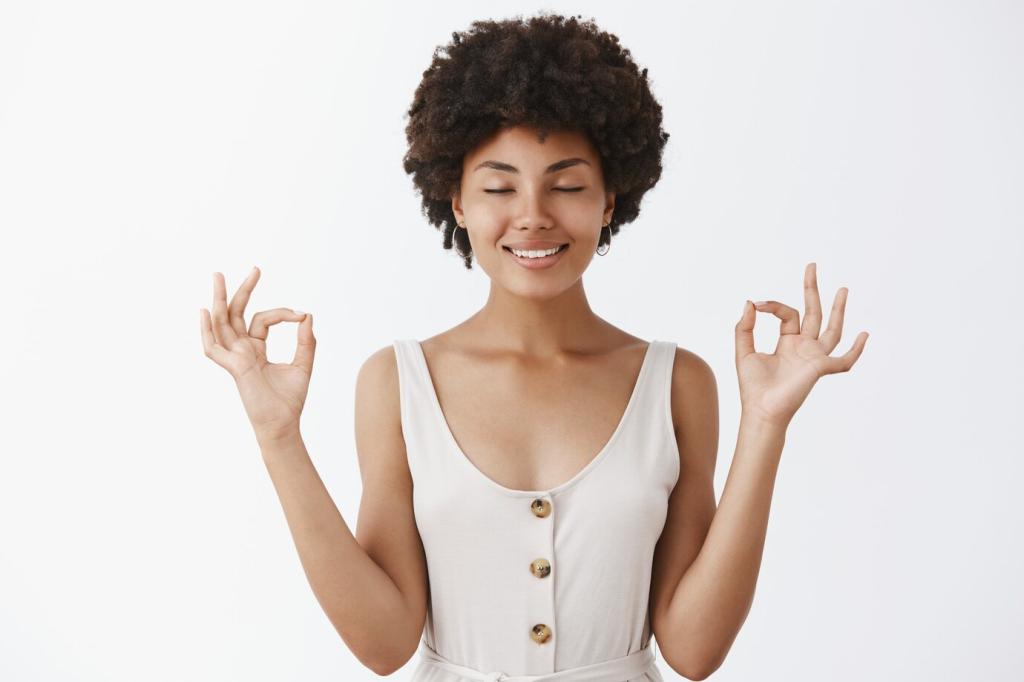
Zazen Explained in Simple, Honest Terms
Zazen is the art of sitting and noticing, returning to breath and posture when thoughts wander. There is no prize to win, only the invitation to meet life directly, moment by moment.

A Short Lineage Story to Ground Your Practice
Zen emerged from Chan Buddhism in China and matured in Japan, yet its heartbeat is universal: sit, breathe, notice. Ordinary people found extraordinary calm by returning to presence, again and again.

Shikantaza: Just Sitting, Fully Alive
Shikantaza invites you to sit without striving—no mantra, no measuring. You simply rest awake, letting experience arise and dissolve. Paradoxically, peace grows when you stop chasing it and truly allow what is.
The Cushion, the Chair, and the Floor
Choose comfort that supports alertness, whether a zafu, firm pillow, or upright chair. Aim for stability without stiffness, so your body feels grounded, your breath effortless, and your attention quietly bright.
Lighting, Scent, and Small Rituals
Soft light, an open window, or a gentle candle can invite calm. Begin with a simple bow or a slow breath. Small rituals prime your nervous system to recognize, “This is a place of rest.”
Consistency Over Perfection
Start with five to ten minutes daily rather than chasing hour-long sits you cannot sustain. Make it a friendly promise to yourself. Habit grows like a garden: watered regularly, patient, and alive.
Posture, Breath, and Attention: The Practice Triangle
Imagine a thread gently lifting the crown of your head. Relax your jaw, soften your belly, and settle your shoulders. Dignity comes from balance, not effort; stability grows when tension graciously steps aside.

Stories from the Cushion: Real Moments of Peace
A Morning Commute and a Single Breath
Maya practiced two mindful breaths before the train doors opened. The crowd still surged, yet she somehow moved with it, unruffled. She later wrote, “Two breaths saved my patience, and maybe my day.”
The Overflowing Teacup Revisited
A professor once demanded answers; the Zen teacher kept pouring tea until it spilled. “Your cup is full,” the teacher said. “Empty it first.” In practice, we empty by sitting and listening deeply.
Finding Sleep by Letting Go
Eli tried to meditate to force sleep. It did not work—until he stopped trying. He simply noticed breath, body, and sounds. Sleep arrived like a friendly visitor, invited by his softening.
Stress and the Nervous System
Regular meditation can lower perceived stress and support healthier cortisol rhythms. Many practitioners also notice improved heart rate variability, a sign their bodies are learning to shift from fight-or-flight into rest-and-digest.
Attention and the Default Mode
Neuroscience links meditation with changes in the brain’s default mode network, involved in self-referential thinking. Less rumination can mean more presence, making room for clarity, creativity, and genuine ease in everyday tasks.
Sleep, Mood, and Resilience
Gentle daily practice often helps people fall asleep more easily and respond to stress with steadier emotions. Over months, they report fewer spikes of reactivity and a growing baseline of trust in themselves.
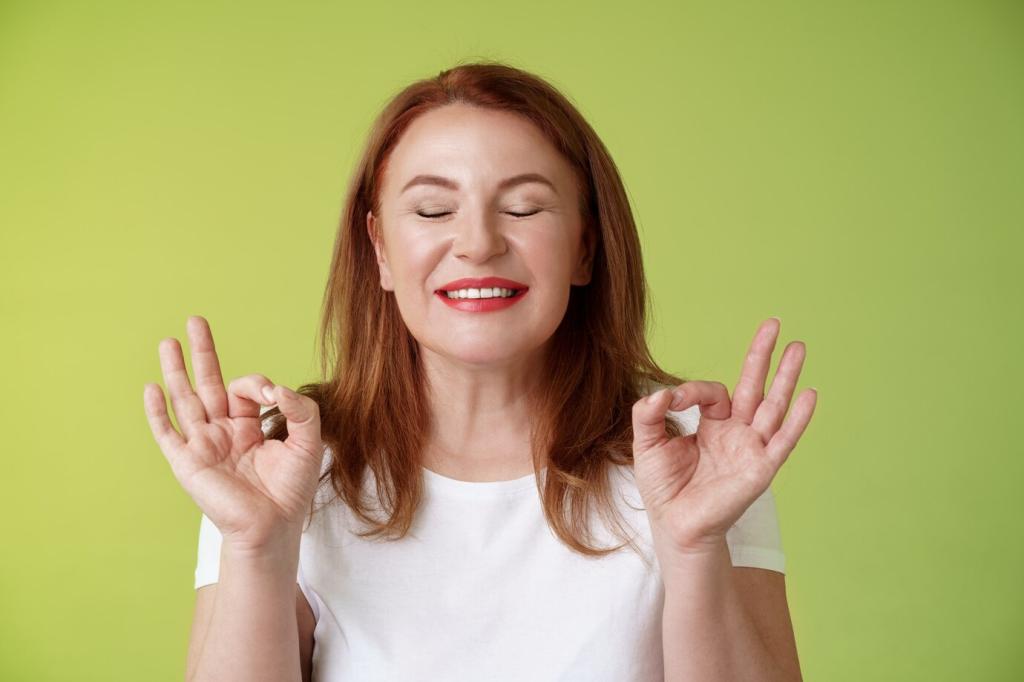
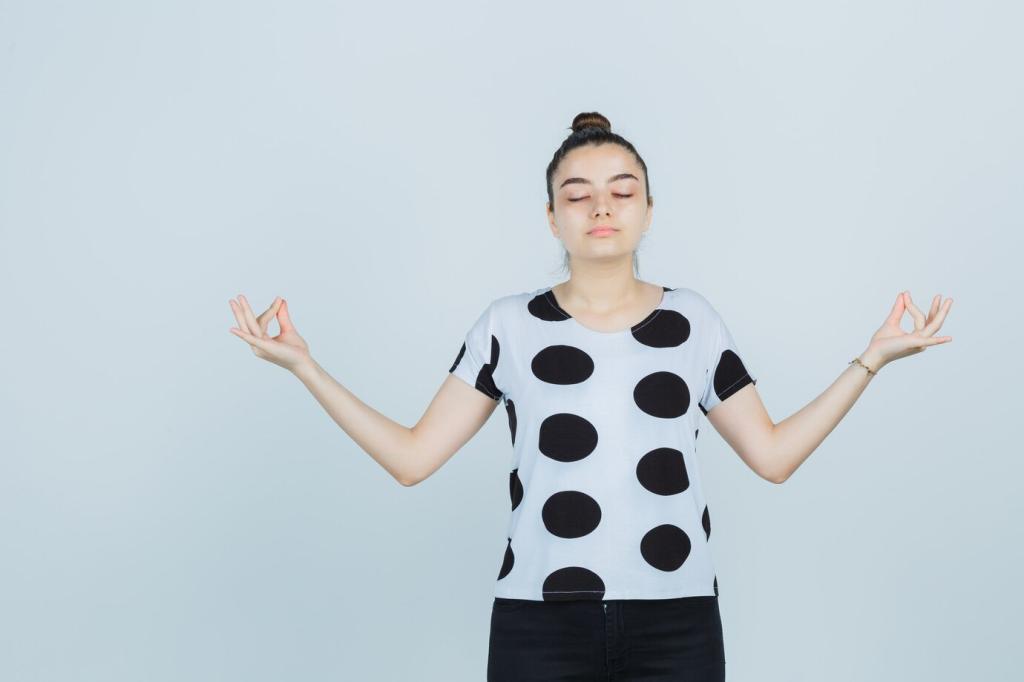
Allow, Name, and Breathe
When a difficult emotion rises, label it softly—“sadness,” “fear,” or “anger.” Feel it in the body. Breathe with it. The naming loosens its grip, while breath makes space for wiser response.
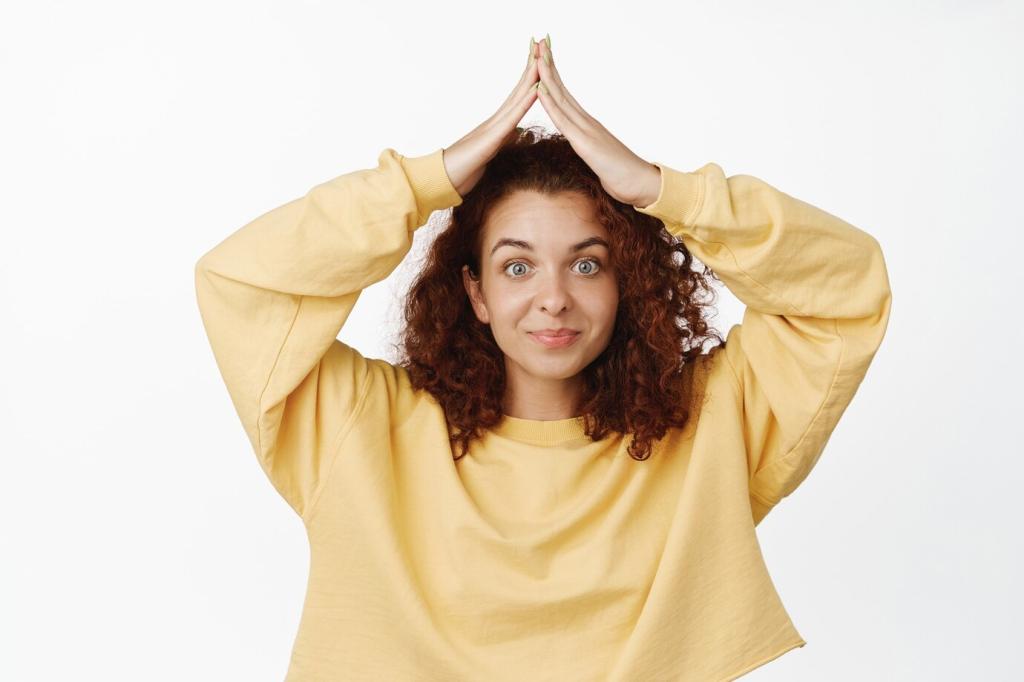
Micro-Pauses During the Day
Set tiny bells in your routine: before emails, after meetings, or at red lights. Three slow breaths can prevent spirals of reactivity, helping you speak with clarity rather than urgency.
Koans, Walking, and Everyday Awareness
Approach koans like living questions that tilt the mind toward insight. Sit with them gently, without hunting answers. Let the koan shape your seeing, and notice how daily moments begin to shimmer.
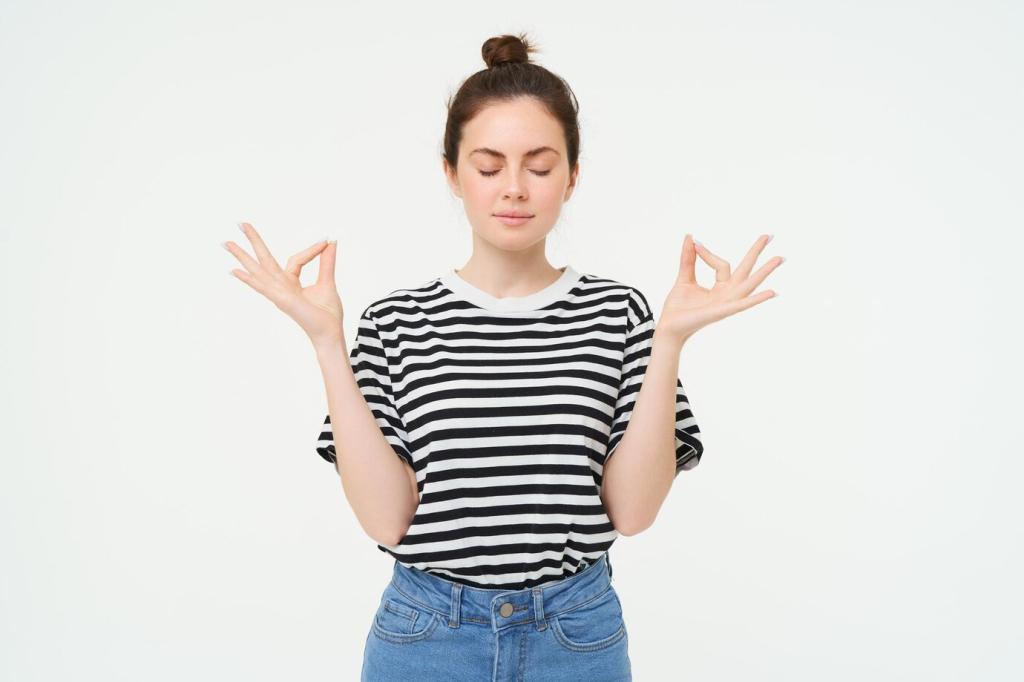
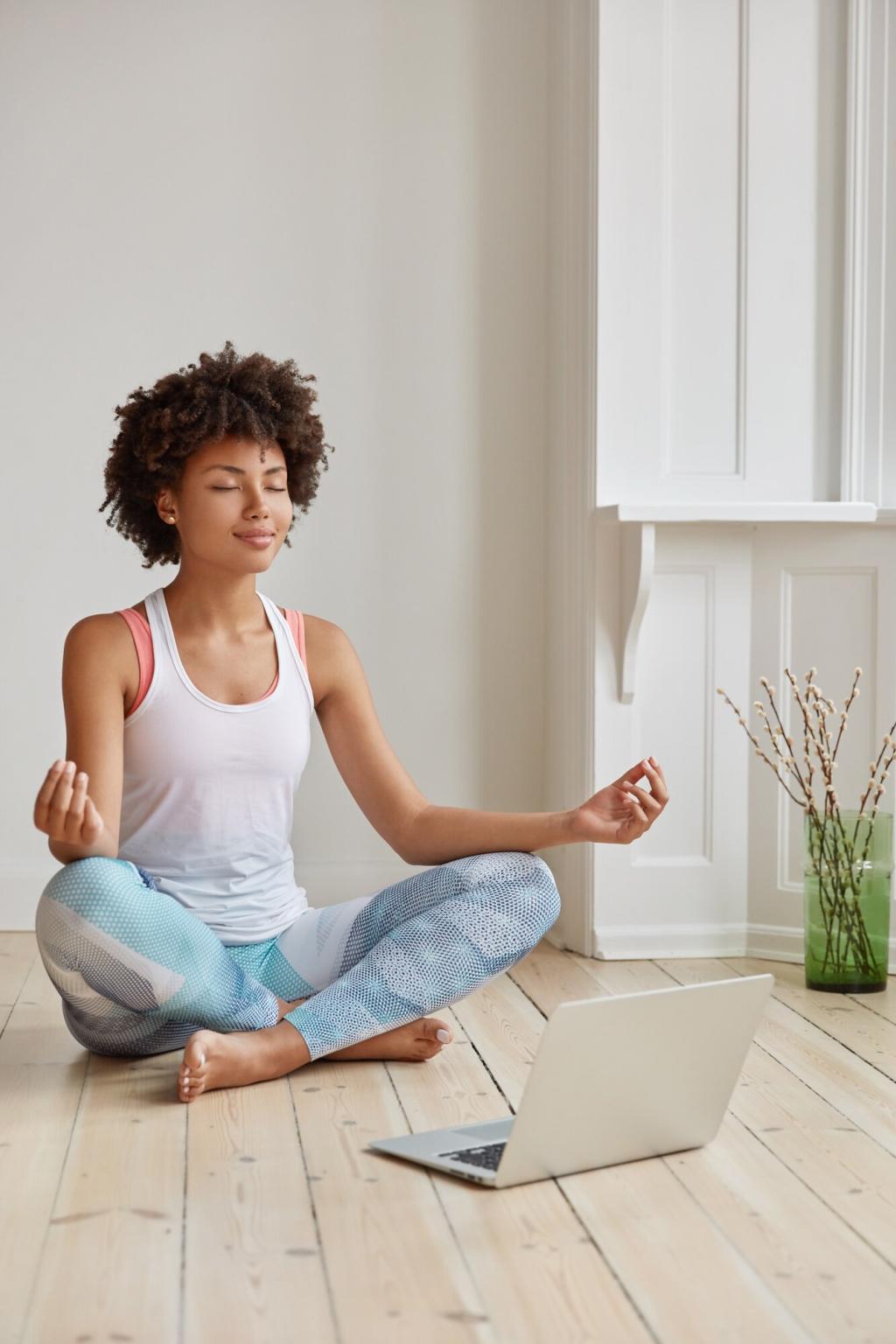
Koans, Walking, and Everyday Awareness
Walk with awareness of feet touching ground, breath moving, and sights unfolding. Even hallway steps between tasks can become practice—centering you before the next conversation or demanding decision arrives.
Keep Going: Community, Rhythm, and Gentle Challenges
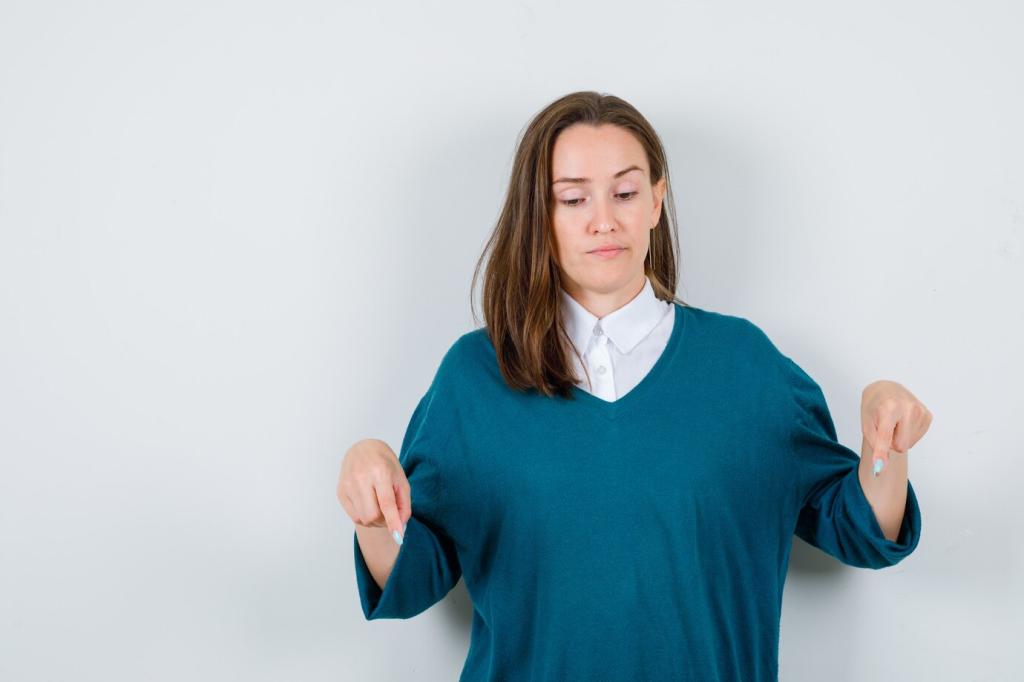
Whether online or local, a group offers accountability and warmth. Sit together weekly, share reflections, and ask questions. Community helps you stay honest, inspired, and courageous when motivation dips.
